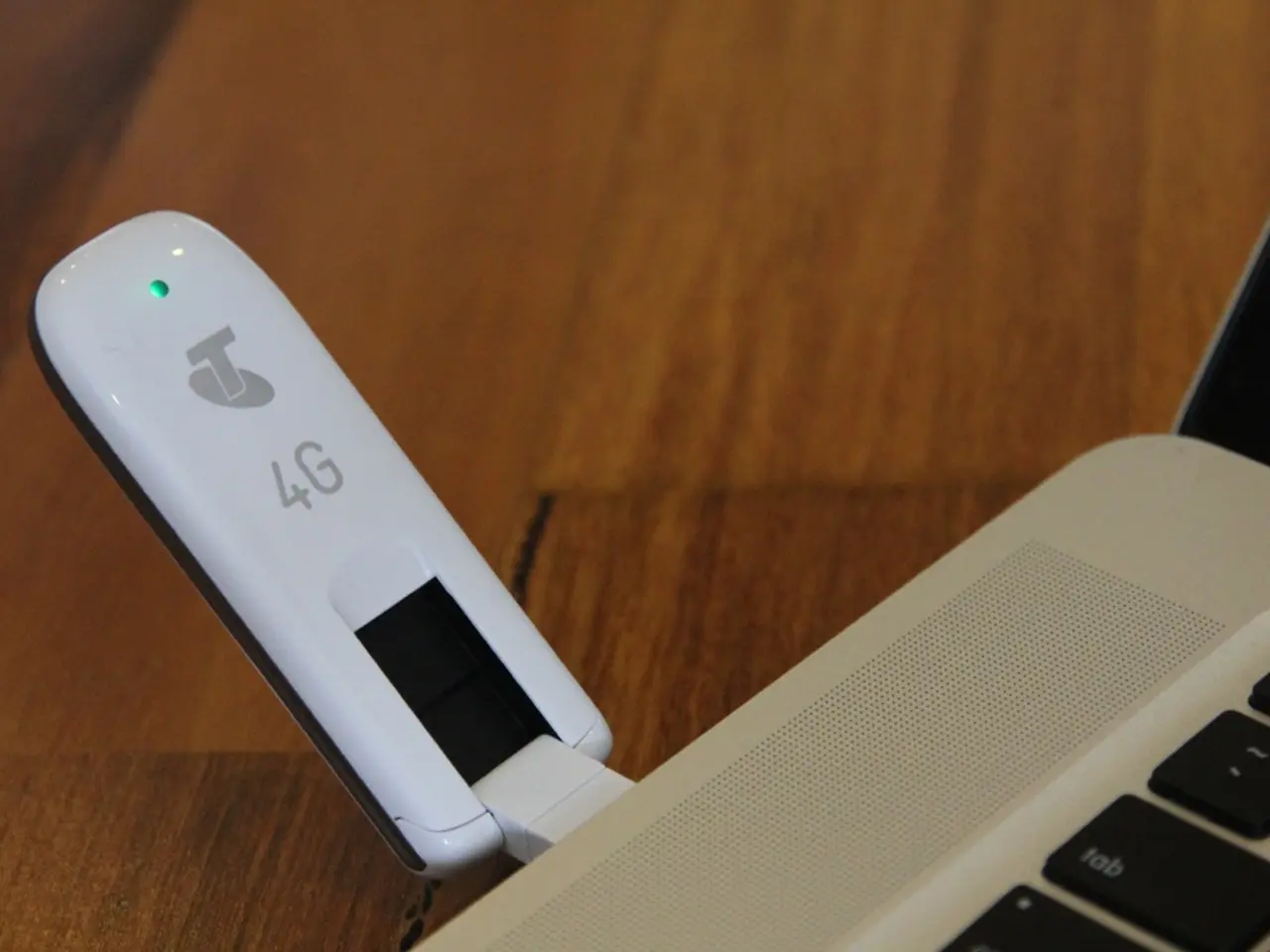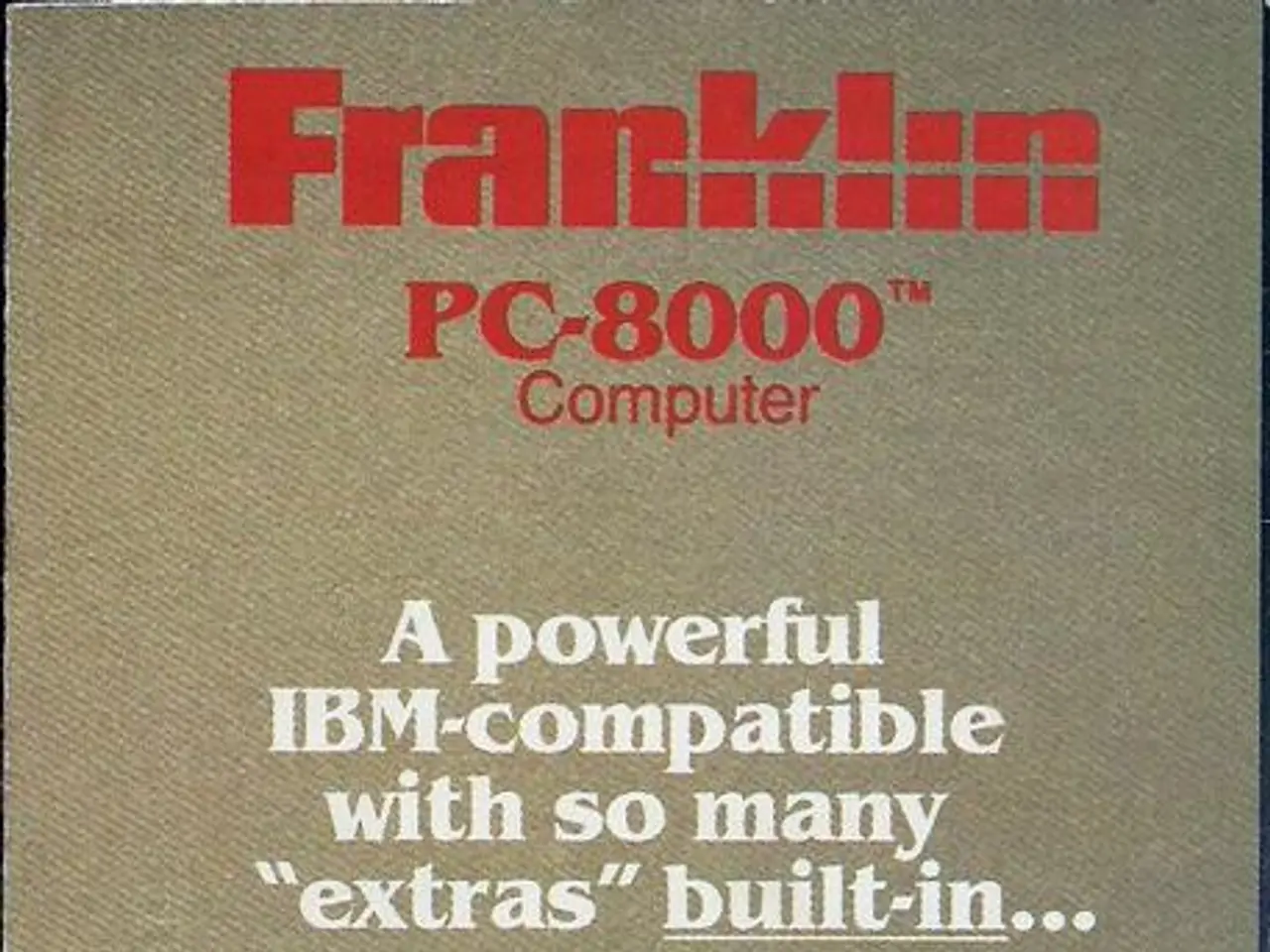Data Transmission Comparison: Baseband vs Broadband in Digital Communication and Networking
In the realm of digital communication, two primary methods stand out: baseband and broadband transmission. These methods differ significantly in their approach, capabilities, and practical applications.
Baseband Transmission
Baseband transmission is a technique that utilizes the entire bandwidth of a communication channel to send a single digital signal at a time, without the need for modulation. The digital signals are sent directly over the medium, making it ideal for Local Area Networks (LANs) where high data transfer rates over a limited geographic area are required.
Baseband transmission works with digital signals rather than analog. It uses Time Division Multiplexing (TDM) when multiple signals need to share the medium. Examples of baseband transmission include Ethernet LANs, USB connections, and office or campus networks.
Baseband transmission is typically limited to shorter distances due to signal degradation. However, it offers several advantages, such as simplicity and efficiency, making it a popular choice for LANs.
Broadband Transmission
On the other hand, broadband transmission divides the channel into multiple frequency bands, each carrying a separate signal simultaneously. It uses modulation (such as frequency or amplitude modulation) to transmit analog or digital signals across multiple channels. This allows broadband to support high data rates and longer distances, making it suitable for multimedia and high-volume data transfers.
Broadband transmission is capable of much longer transmission distances compared to baseband. Examples of broadband transmission include DSL, cable internet, fiber optic internet, wireless broadband (4G/5G), and coaxial cable or fiber optic as the medium.
Broadband transmission uses amplifiers to boost signal strength and achieves this through a process called frequency division multiplexing (FDM). More complex equipment (modulators, demodulators) is often used in broadband transmission.
Practical Applications
| Transmission Method | Usage Area | Examples | Characteristics | |---------------------|---------------------|----------------------------------------------|----------------------------------------------| | Baseband | Local Area Networks (LANs) | Ethernet LANs, USB, office or campus networks | Single channel, digital signals, short range, high speed | | Broadband | Wide Area Networks, Internet, Television | DSL, Cable internet, fiber optic internet, wireless broadband (4G/5G) | Multiple channels, modulated signals, long range, high bandwidth |
Baseband is mostly limited to networks confined to a building or campus because it sends one signal at a time over the entire medium. Broadband is used where multiple simultaneous transmissions and higher data rates over longer distances are essential, such as in internet backbones and multimedia streaming.
In summary, baseband transmits digital signals directly over a single channel mainly in LANs, while broadband modulates signals to share the channel into multiple frequency bands for high-speed, multi-service transmissions used in broader network environments including internet access. Broadband transmission can span kilometers with appropriate media.
- In the realm of digital communication, baseband transmission is ideal for Local Area Networks (LANs) due to its ability to transfer high data rates over a limited geographic area, achieved by using the entire bandwidth of a communication channel to send a single digital signal at a time.
- Baseband transmission employs Time Division Multiplexing (TDM) when multiple signals need to share the medium, making it efficient for examples such as Ethernet LANs, USB connections, and office or campus networks.
- On the other hand, broadband transmission, which uses modulation to transmit analog or digital signals across multiple channels, offers long-range capabilities and high bandwidth, making it suitable for multimedia and high-volume data transfers in internet backbones and multimedia streaming.
- Broadband transmission can span kilometers with appropriate media, thanks to the use of amplifiers to boost signal strength and the process of frequency division multiplexing (FDM) that allows for multiple channels to carry separate signals simultaneously.




